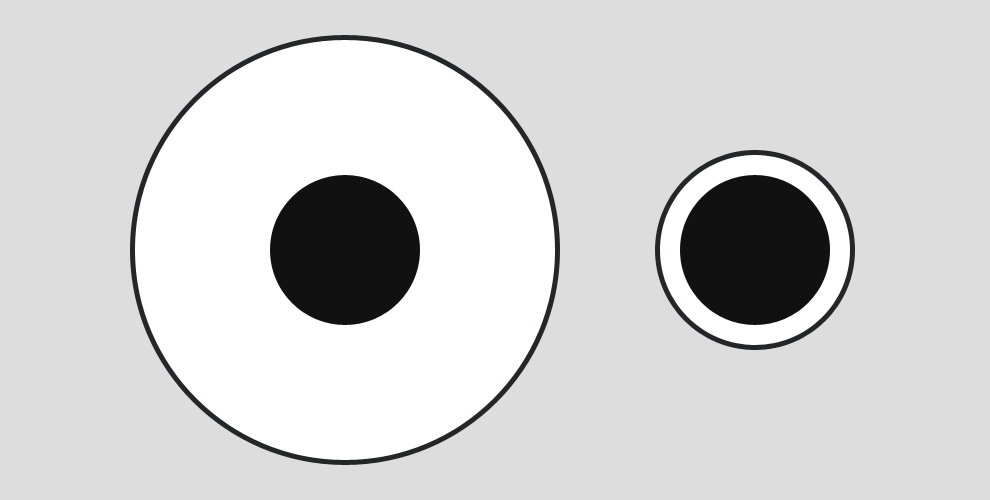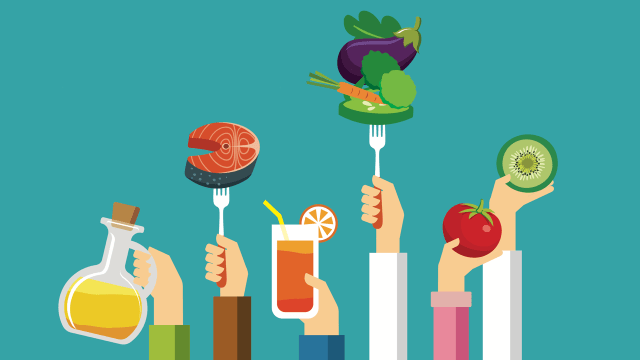Your environment has an incredible ability to shape your behaviour. If you design your environment to be conducive to healthy habits, then you’ll find yourself improving your diet without even thinking about it.
This post originally appeared on JamesClear.com.
I have written previously about choice architecture and environment design, both of which are focused on the idea that, “By making small changes to the physical environment around you, it can become much easier to stick to good habits.”
And while the research studies I have shared in those articles are interesting, I thought it might be useful to list some practical ways to apply environment design to your world and make it easier to live a healthy, happy and adventurous life.
With that in mind, here are 10 simple strategies for designing your environment to eat healthy without thinking and spend more of your time and energy on doing something awesome.
Keep in mind, these ideas are just a start. You can apply these concepts for designing your environment and creating better “choice architecture” to almost any habit or behaviour.
How to Eat Healthy Without Noticing
Before we begin, let’s give credit to the researcher behind many of these ideas. Brian Wansink is a professor at Cornell University and he has completed a variety of studies on how your environment shapes your eating decisions. Many of the ideas below come from his popular book, Mindless Eating (audiobook).
1. Use smaller plates. Bigger plates mean bigger portions. And that means you eat more. According to a study conducted by Wansink and his research team, if you made a simple change and served your dinner on 25cm plates instead of a 30cm plate, you would eat 22 per cent less food over the course of the next year.
On a related note, if you’re thinking “I’ll just put less food on my plate” … it’s not that simple. The picture below explains why. When you eat a small portion off of a large plate, your mind feels unsatisfied. Meanwhile, the same portion will feel more filling when eaten off of a small plate. The circles in the image below are the same size, but your brain (and stomach) doesn’t view them that way.

This image shows how small portion sizes can look filling on a small plate, but sparse on a large plate. via JamesClear.com
2. Make water more readily available. Most of us mindlessly take a swig of soft drink or a sip of coffee as we do other tasks. Try this instead: Buy a large bottle water and set it somewhere close to you throughout your day. You’ll find that if it’s sitting next to you, you’ll often opt for water instead and avoid less healthy drink options naturally.
Note: I love this Vapur water bottle because it holds a good amount of water and folds up small enough to fit in a backpack, purse or pocket. It’s perfect for travel too.
3. Want to drink less alcohol or soft drink? Use tall, slender glasses instead of short, fat ones.
Take a look at the image below. Is the horizontal or vertical line longer?

Image via JamesClear.com
As it turns out, both lines are the same length, but our brain has a tendency to overestimate vertical lines. In other words, taller drinks look bigger to our eyes than round, horizontal mugs do. And because height makes things look bigger than width, you’ll actually drink less from taller glasses. In fact, you will typically drink about 20 per cent less from a tall, slender glass than you would from a short, fat glass. (Hat tip to Darya Rose for originally sharing this image and idea.)
4. Use plates that have a high contrast colour with your food. As I mentioned in this article, when the colour of your plate matches the colour of your food, you naturally serve yourself more because your brain has trouble distinguishing the portion size from the plate. Because of this, dark green and dark blue make great plate colours because they contrast with light foods like pasta and potatoes (which means you’re likely to serve less of them), but don’t contrast very much with leafy greens and vegetables (which means you’re likely to put more of them on your plate).
5. Display healthy foods in a prominent place. For example, you could place a bowl of fruits or nuts near the front door or somewhere else that you pass by before you leave the house. When you’re hungry and in a rush, you are more likely to grab the first thing you see.
6. Wrap unhealthy foods in tin foil. Wrap healthy foods in plastic wrap. The old saying, “out of sight, out of mind” turns out to have some truth to it. Eating isn’t just a physical event, but also an emotional one. Your mind often determines what it wants to eat based on what your eyes see. Thus, if you hide unhealthy foods by wrapping them up or tucking them away in less prominent places, then you are less likely to eat them.
8. Serve meals by using the “half plate” rule. You can design your eating environment as well. When you serve yourself dinner, start by making half of your plate fruits or vegetables. Then, fill the rest of the dish based on that constraint.
9. Use the “Outer Ring” strategy to buy healthier foods. The concept is simple: When you go grocery shopping, don’t walk down the aisles. Only shop on the outer perimeter of the store. This is usually where the healthy food lives: Fruits, vegetables, lean meats, fish, eggs and nuts. If you only shop on the outer ring, then you’re more likely to buy healthy foods. And that, of course, means you’re more likely to eat healthy foods when you get home.
10. And for the tenth strategy, let’s apply these concepts to some other areas of life…
Applying Environment Design to the Rest of Your Life
When you really break down each of these strategies, you’ll see that each one is a small tweak that puts more steps between you and the bad behaviours and fewer steps between you and the good behaviours.
For example…
- Wrapping unhealthy foods in tin foil adds another step. You have to see the dish, then open it to see what is inside, then decide to eat it (rather than just spotting some leftovers in plastic wrap and grabbing them).
- Using small plates adds another step between you and eating more. If you want more, you have to go back for seconds and fill up again.
You can take this same approach to almost anything in life. If you want to make a bad behaviour more difficult, then increase the number of steps between you and the behaviour.
Meanwhile, if you want to make a good behaviour easier, reduce the number of steps between you and the behaviour. For example, if you want to make it easier to go for a run then lay out your shoes and running gear the night before you exercise. One less step between you and your workout.
10 Simple Ways to Eat Healthy Without Thinking, Backed by Science [James Clear]
Top image by Kaisorn (Shutterstock).

Comments
One response to “10 Simple Ways To Eat Healthier Without Thinking”